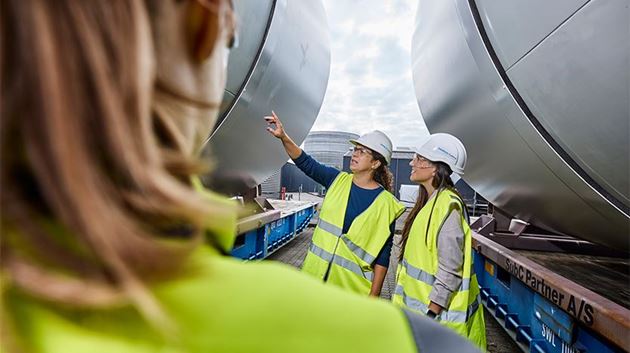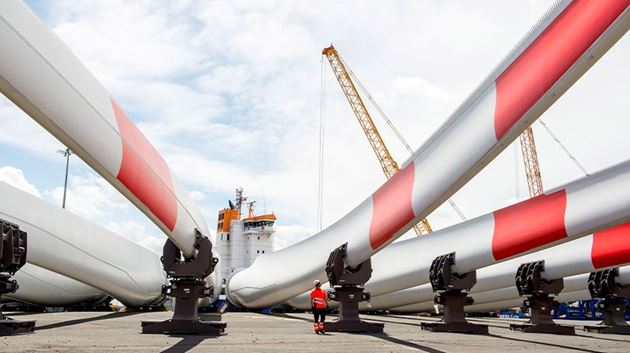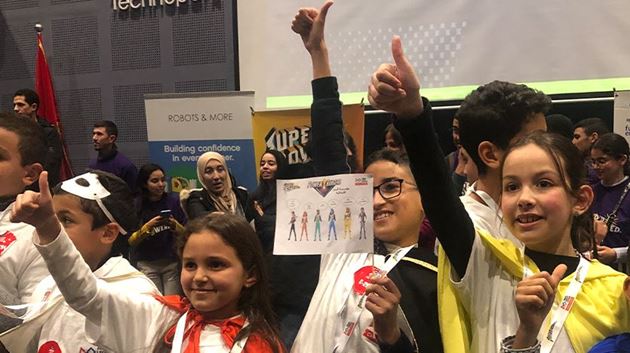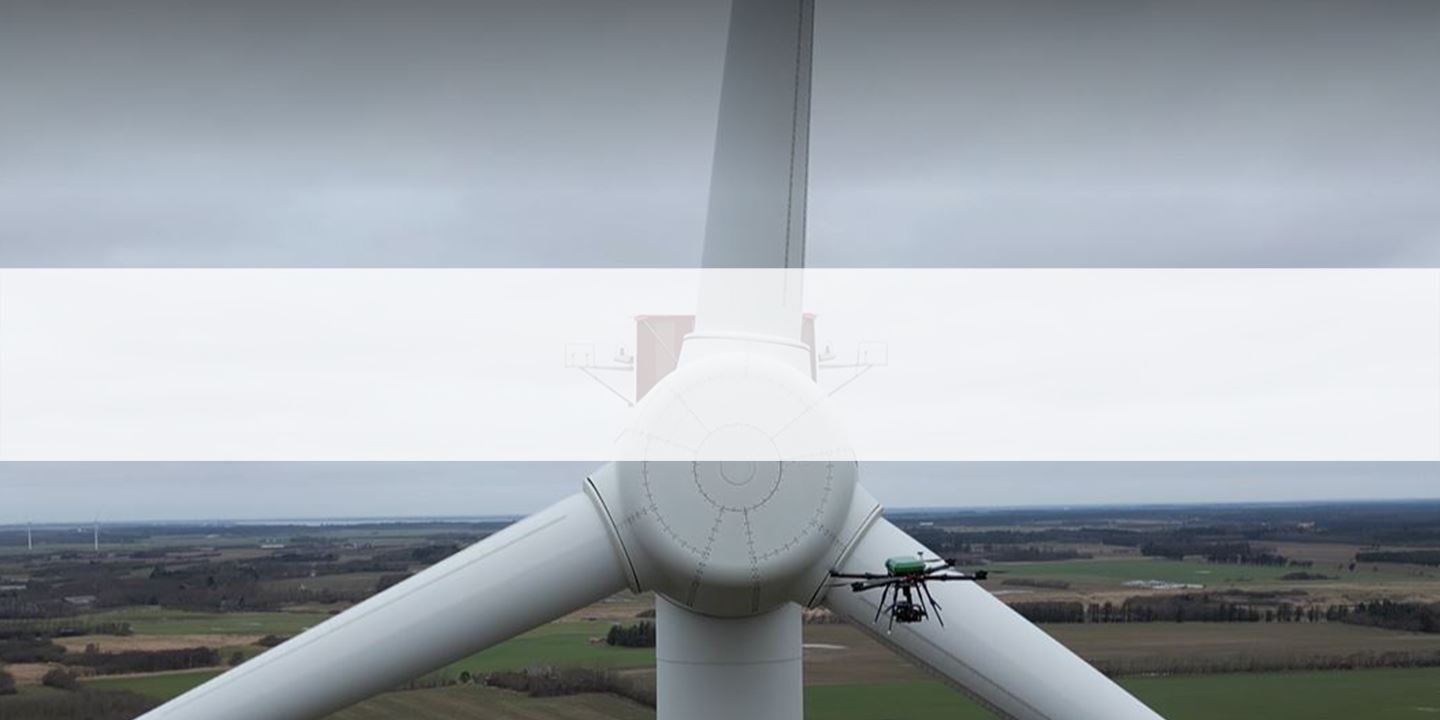
The FOD4Wind project estimates a reduction of 13,000 tons of CO2 in 2030
Drones to support the service of offshore wind farms
Brande / 17 February 2023
We must innovate in the use of drones to service offshore wind farms cheaper, faster and more efficiently. The research project FOD4Wind between Energy Cluster Denmark, ESVAGT, Upteko, University of Southern Denmark (SDU) and Siemens Gamesa can reduce downtime and eliminate fixed costs for servicing offshore wind. Based on estimations of the project team, with 70 installed charging stations with drones, the annual effect in 2030 will be reduced downtime of 12,250 hours, 13,000 tons of CO2 reduction, increased energy production by 39,200 MWh, reduced costs for service by 57 million Euros and additional employment of 180 employees.
Thomas Przybylla
thomas.przybylla@siemensgamesa.com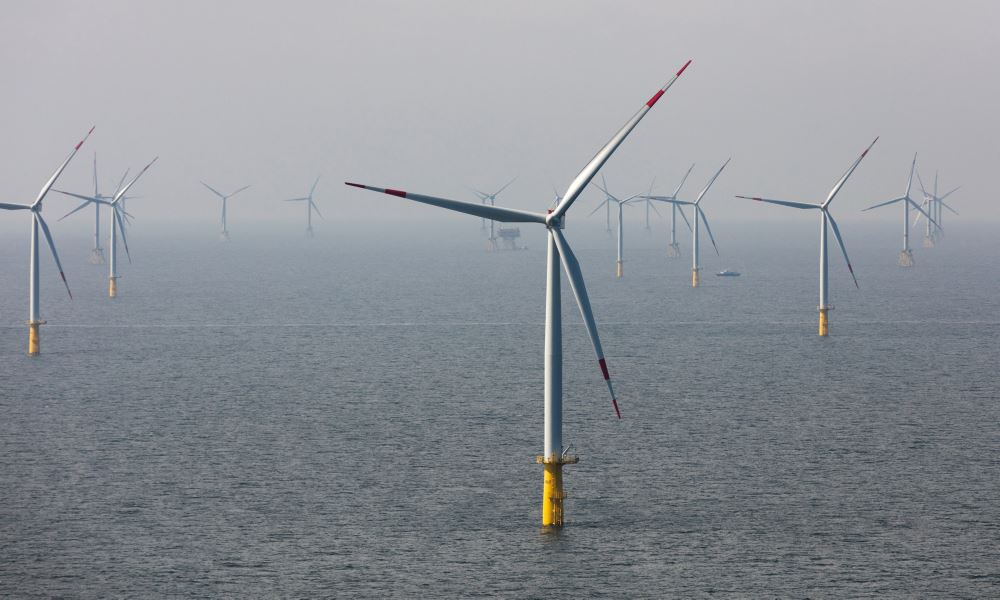
“In the last thirty years, we have made important steps in our journey towards decarbonization,” says Lars Holm Nielsen, Head of R&D Service Operations at Siemens Gamesa: “But we only have thirty years left to achieve our net zero goals. This means we will need to deliver a lot more, a lot quicker – and be aggressive in the pursuit of full decarbonization. This is a fundamental change that we will only achieve if we succeed in industrializing the wind turbine service,” he says.
Saves time and emissions
Automated drones are a good bet for part of that industrialization, and a partner group consisting of Siemens Gamesa, ESVAGT, Upteko and the University of Southern Denmark (SDU) under the auspices of Energy Cluster Denmark is working to solve this.
Our business case is positive - both when it comes to deliveries and perhaps also inspection of offshore wind turbines. By using drones to maintain our wind turbines, we can both reduce our costs and our environmental footprint.
Today, spare parts are transferred by SOV (Service Operation Vessels), which even with careful planning takes a long time and will only take longer as the wind power plants get bigger. "If we can replace sailing with drone flights from larger ships, then many of the trips around the wind farm will be saved. There is great potential in that - both in terms of time and CO2 emissions," says Benjamin Meinertz, partner in Upteko.
Fast and accurate
Upteko programs the fully automatic drones, which will take off from ESVAGT's ships and carry gear and tools to the offshore wind turbine's nacelle. Drones will also be able to carry out other tasks from the ship - something ESVAGT sees great potential in.
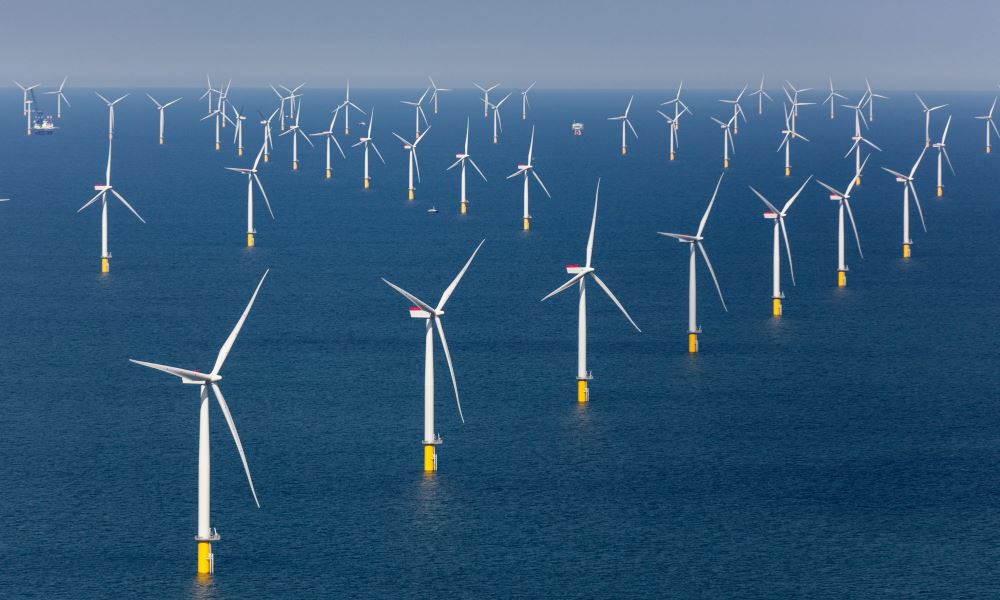
"We must constantly develop our value proposition for customers, and the drones are an example of this. Parcel deliveries have great potential, but in addition the innovation project can also help move inspection of turbines from being a manual process to being automated. It will provide a faster and much more accurate measurement," says Nils Overgaard, Head of Special Projects at ESVAGT.
The University of Southern Denmark also sees the industrialization of wind as an area in rapid development. Kjeld Jensen, Associate Professor, at the SDU Dronecenter receives many inquiries about wind turbines at the moment. "We are on the way to the biggest green transition ever, and wind turbines are central to it. There is huge potential in industrializing, also with increased use of drones," he points out.
Great savings potential
If one succeeds with fully autonomous wind turbine inspection and parcel deliveries of, for example, tools using drones and fixed charging stations on SOVs, the effect will also be significant: "The innovation project introduces an unprecedented level of autonomy and speed that will optimize the O&M costs of servicing offshore wind turbines," says Anne Bjerre Hammer, Project Manager, Energy Cluster Denmark.
